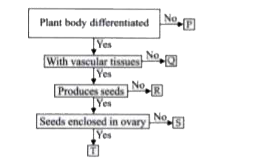
identify Q :
CH−CH3 ∣∣Ph−C−Ph
Ph−CH2∣∣C−Ph
OH ∣Ph−C−Ph ∣ CH2CH3
CH=CH2 ∣Ph−C−Ph ∣ OH
The correct Answer is:A
Step by step video, text & image solution for identify Q : by Chemistry experts to help you in doubts & scoring excellent marks in Class 12 exams.
Updated on:21/07/2023Topper's Solved these Questions
- CARBONYL COMPOUNDSBook:HIMANSHU PANDEYChapter:CARBONYL COMPOUNDSExercise:Level 2 (Q.26 To Q.50)
Explore 25 Videos
- CARBONYL COMPOUNDSBook:HIMANSHU PANDEYChapter:CARBONYL COMPOUNDSExercise:Level 2 (Q.51 To Q.75)
Explore 25 Videos
- CARBONYL COMPOUNDSBook:HIMANSHU PANDEYChapter:CARBONYL COMPOUNDSExercise:Level 1 (Q.51 To Q.1)
Explore 2 Videos
- CABOXYLIC ACIDS AND ITS DERIVATIVESBook:HIMANSHU PANDEYChapter:CABOXYLIC ACIDS AND ITS DERIVATIVESExercise:Subjective Type Problems
Explore 8 Videos
- CHEMISTRY IN DAILY LIFEBook:HIMANSHU PANDEYChapter:CHEMISTRY IN DAILY LIFEExercise:Integer Answer Type Problems
Explore 7 Videos
Similar Questions
Knowledge Check
Refer to the given figure and identify P,Q,R and S.
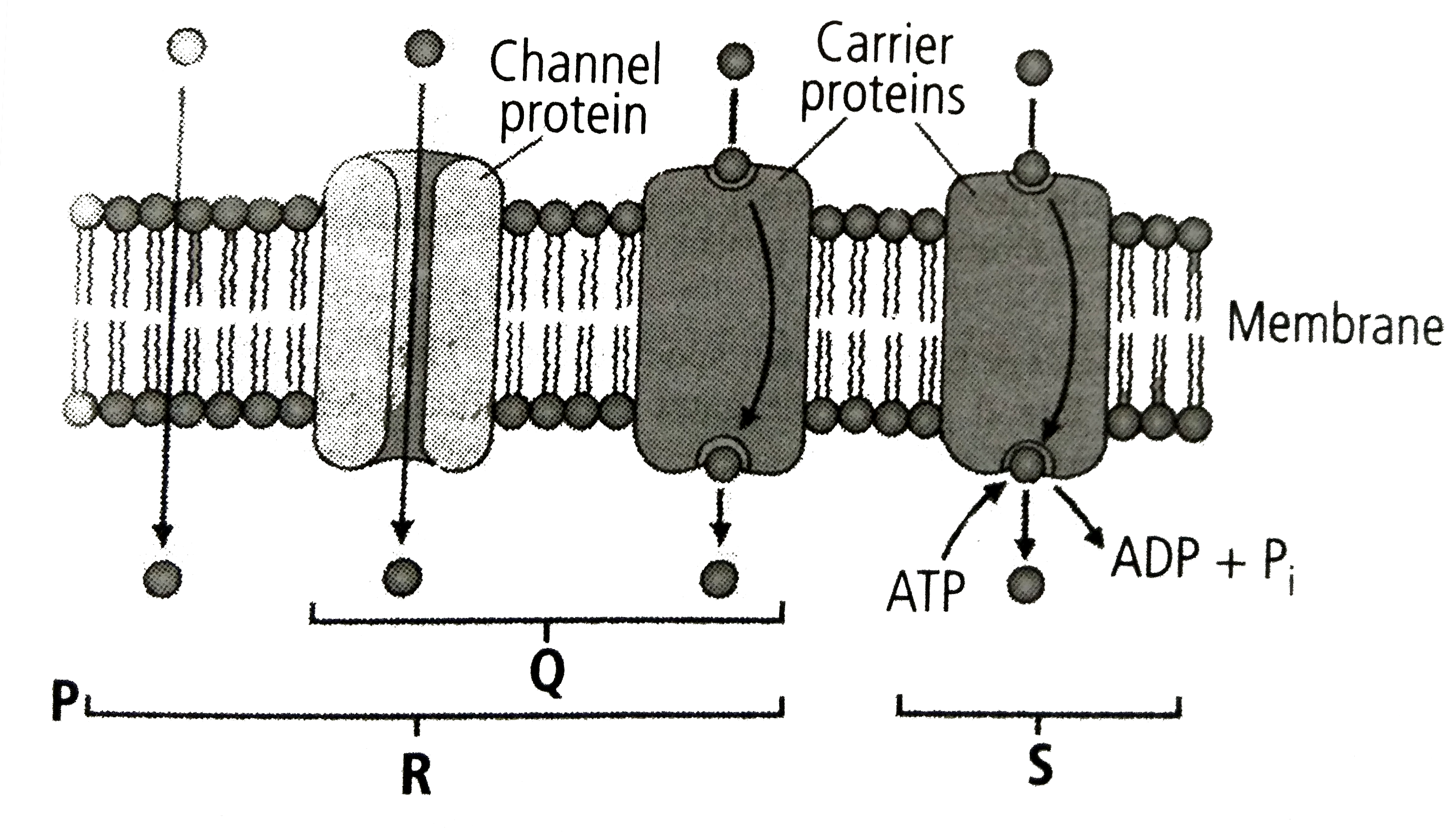 APQRSFacilitateddiffusionSimplediffusionActivetransportPassivetransportBPQRSSimplediffusionFacilitateddiffusionPassivetransportActivetransportCPQRSSimplediffusionFacilitateddiffusionActivetransportPassivetransportDPQRSFacilitateddiffusionSimplediffusionPassivetransportActivetransport
APQRSFacilitateddiffusionSimplediffusionActivetransportPassivetransportBPQRSSimplediffusionFacilitateddiffusionPassivetransportActivetransportCPQRSSimplediffusionFacilitateddiffusionActivetransportPassivetransportDPQRSFacilitateddiffusionSimplediffusionPassivetransportActivetransportWhat is the condition that is to be satisfied for the identify (P +Q) (P-Q) = P2−Q2 to be true for any two square matrices P and Q?
AThe identity is always true.BPQ≠QP.CBoth PQ and QP are not null matrices.DP, Q and PQ are symmetric.
Q. 'T' cannot be identify by:ANH3 solutionBNH4SCNC(NH4)2SDExcess KCN
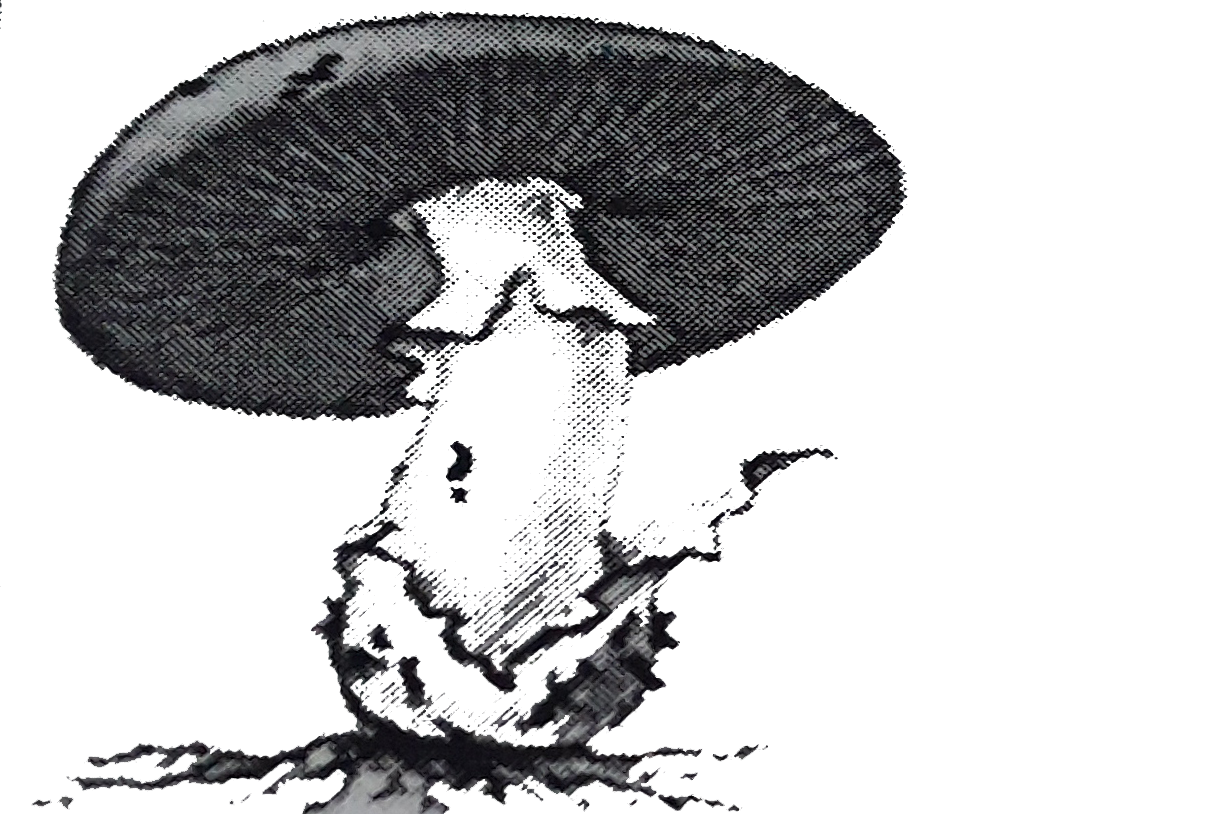
Q. identify the following figure:-
View SolutionRead the following statements carefully and identify P, Q and R.
P: Obtained from petroleum and natural gas and used in the manufacture of man-made plastics.
Q : Due to its great commercial importance, it is also called 'black gold'.
R: Obtained from natural gas and used in the production of fertilizers.
View Solution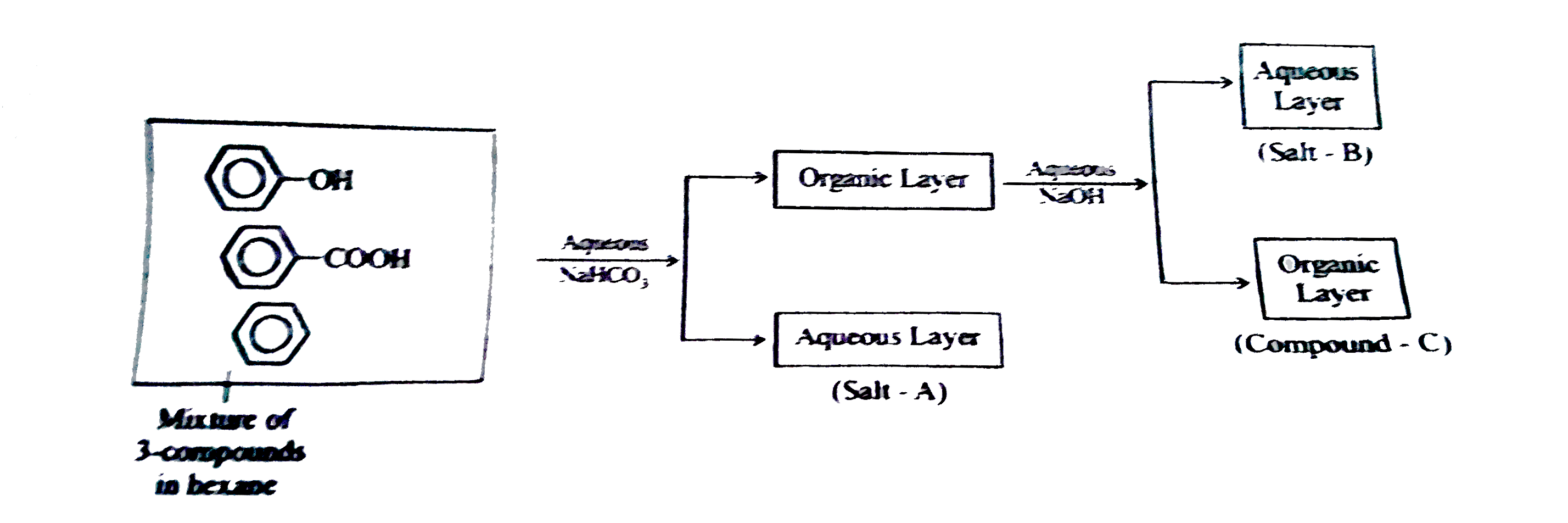
Q. identify salt 'A'?
View SolutionIdentify P,Q, and R in the graph shown below

View SolutionIn the given reaction
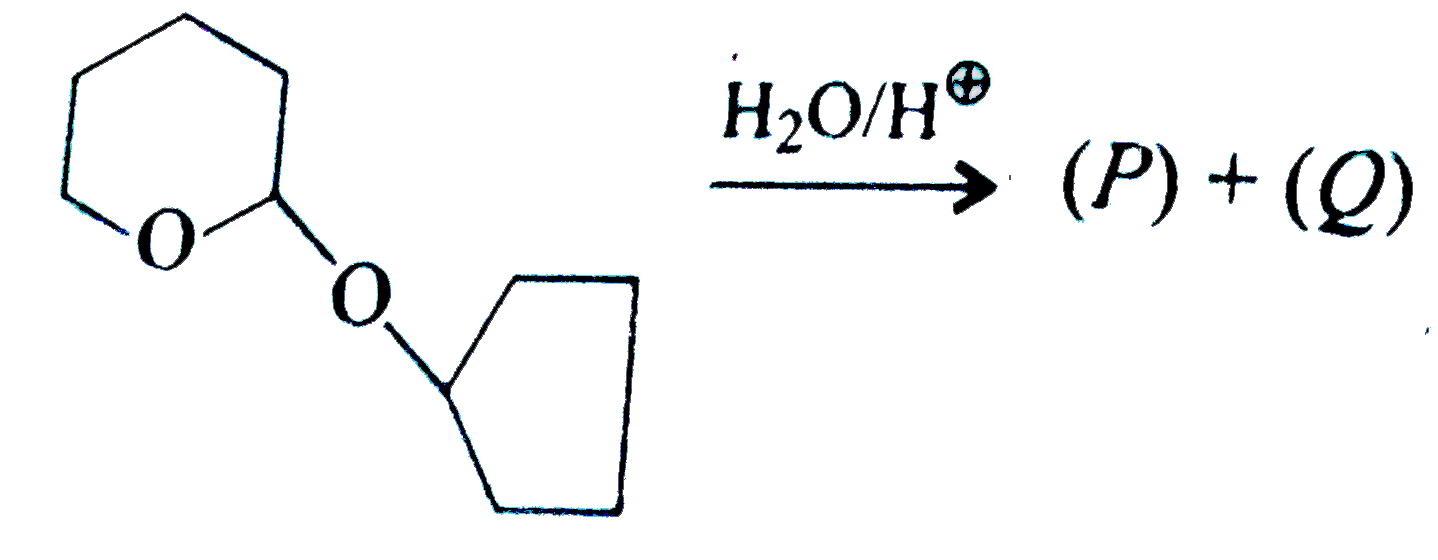
Identify P and Q :
View Solution

